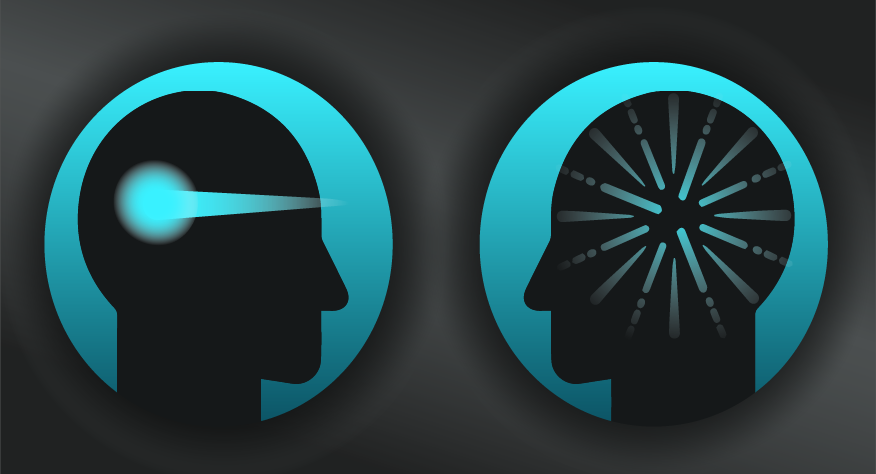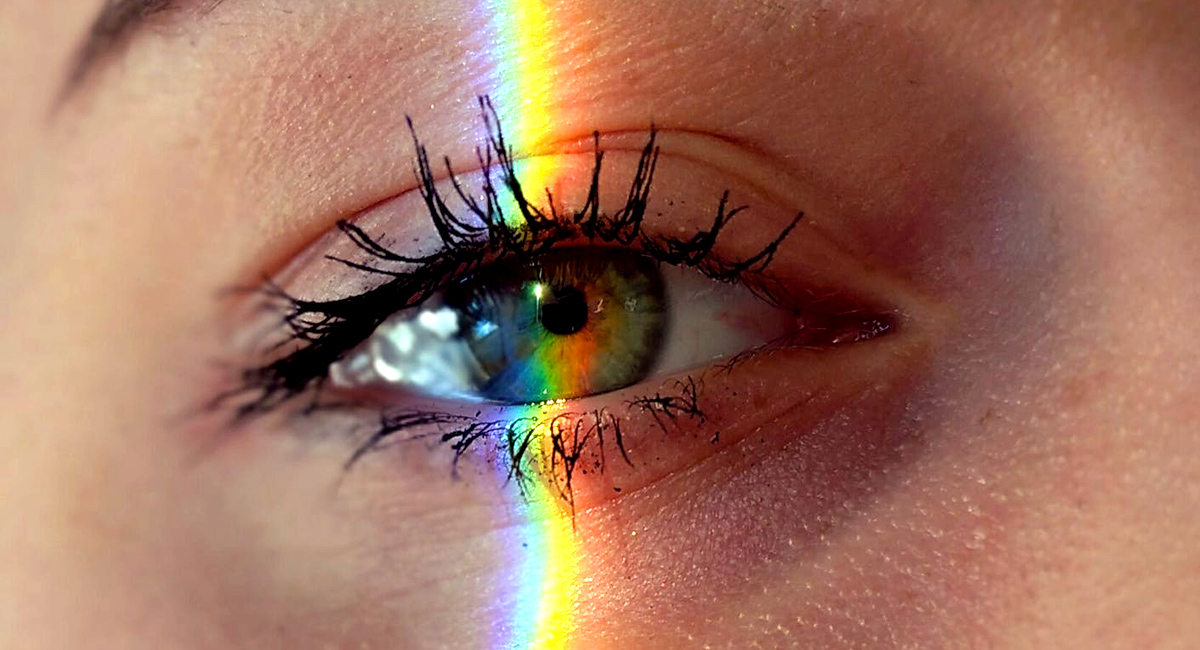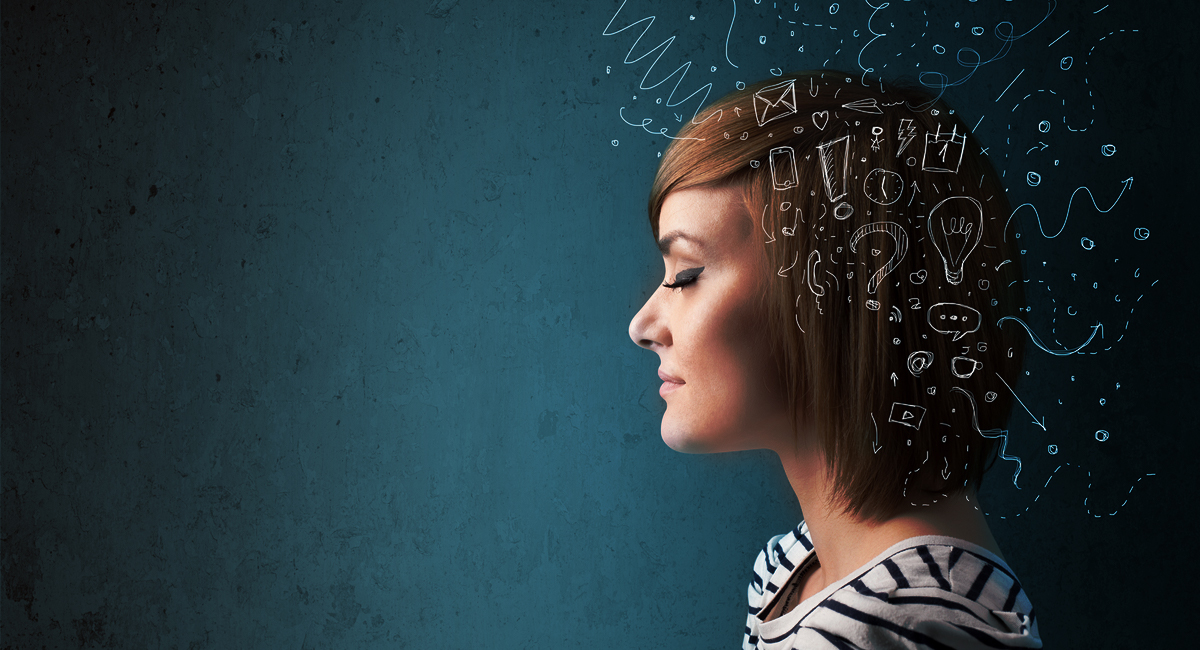Popular searches
Categories
Learn & Achieve
Collaborate & Lead
Deliver Value
Live Well
Make Better Decisions
Industry Knowledge
Sub categories
Learn & grow
Set & reach goals
Grow wealth
Be happy & healthy
Be more productive
Manage projects
Models

 0 saved
0 saved
 22.6K views
22.6K views
(3)
Share this with your network








Share this with your network




Overview
The days of isolated events have long gone. Whether you're creating a marketing campaign, new product, conference, or anything, today you'll be expected to deliver experiences.
Memorable experiences that delight, that navigate around pain points, that reduce friction, and do so very much more.
Easy right?
Yes, you're right. It's anything but easy. Still, this Playbook is here to help. Save it and use these diverse models for your next experience, no matter what it is or who its for.
This Playbook includes the following sections, select a heading to jump to that section.
EMPATHISING WITH YOUR AUDIENCE
Start by empathising and considering the needs of your audience, particularly providing a level of safety from which they can fully engage in your experience.
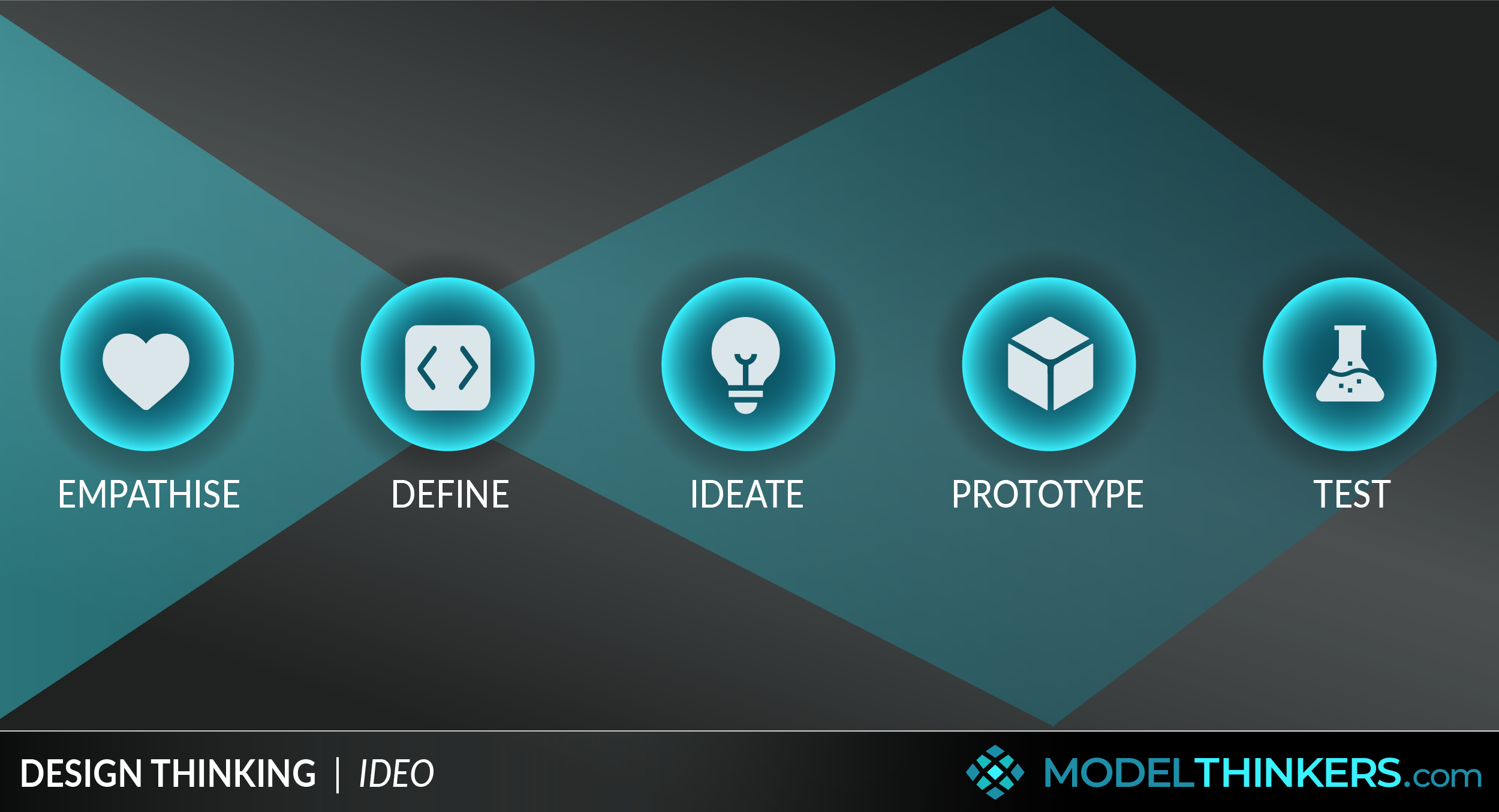
It's an obvious one — design thinking starts from a place of empathy to design end-to-end experiences rather than just events or moments.
DESIGNING EXPERIENCES
Models to reframe and uncover the most effective experience possible.
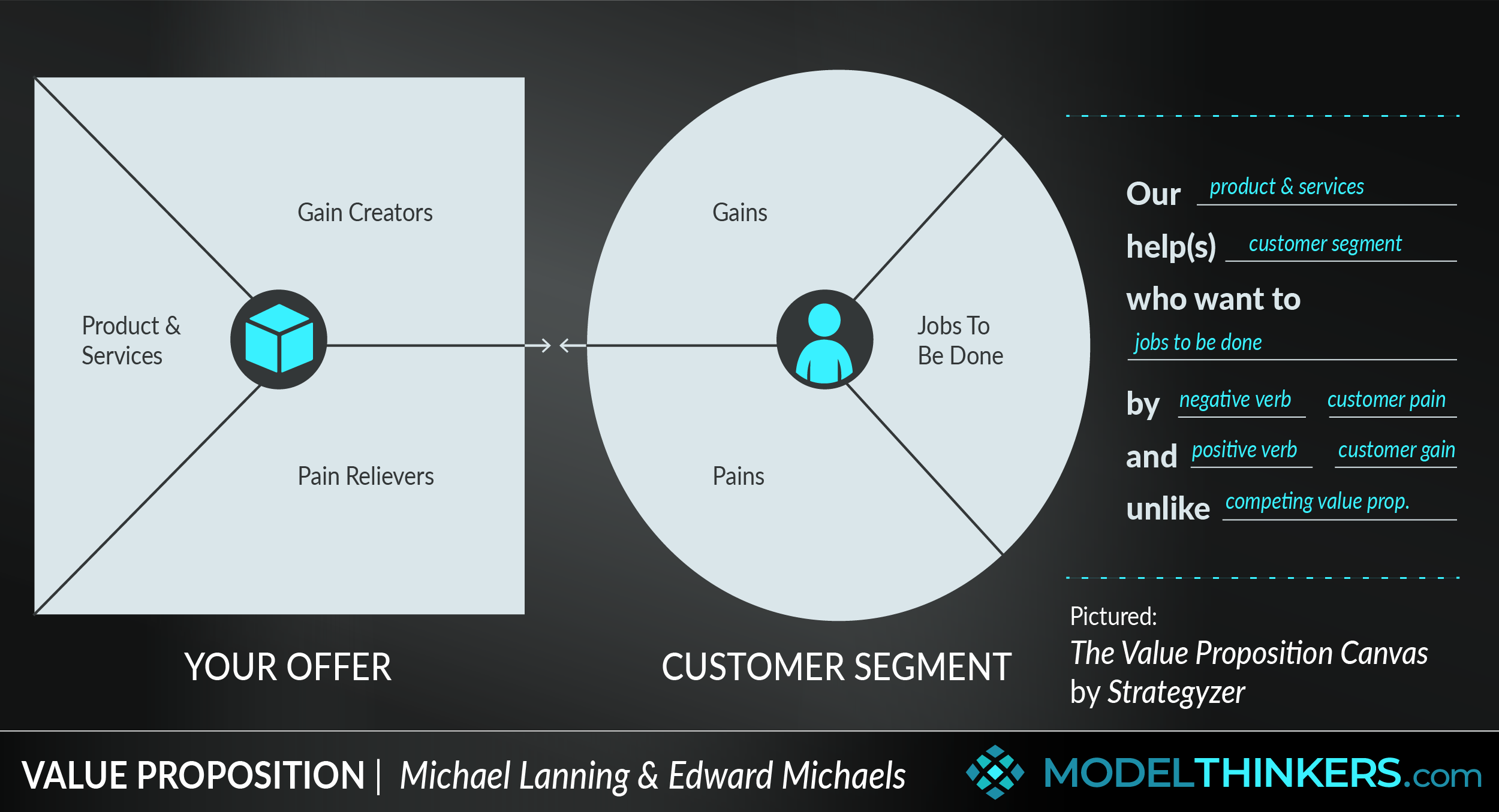
You know your audience and you've begun to design the broad brushstrokes of the experience you want to deliver them. But, why would they care? Use the Value Proposition to quickly capture 'what's in it for them.'
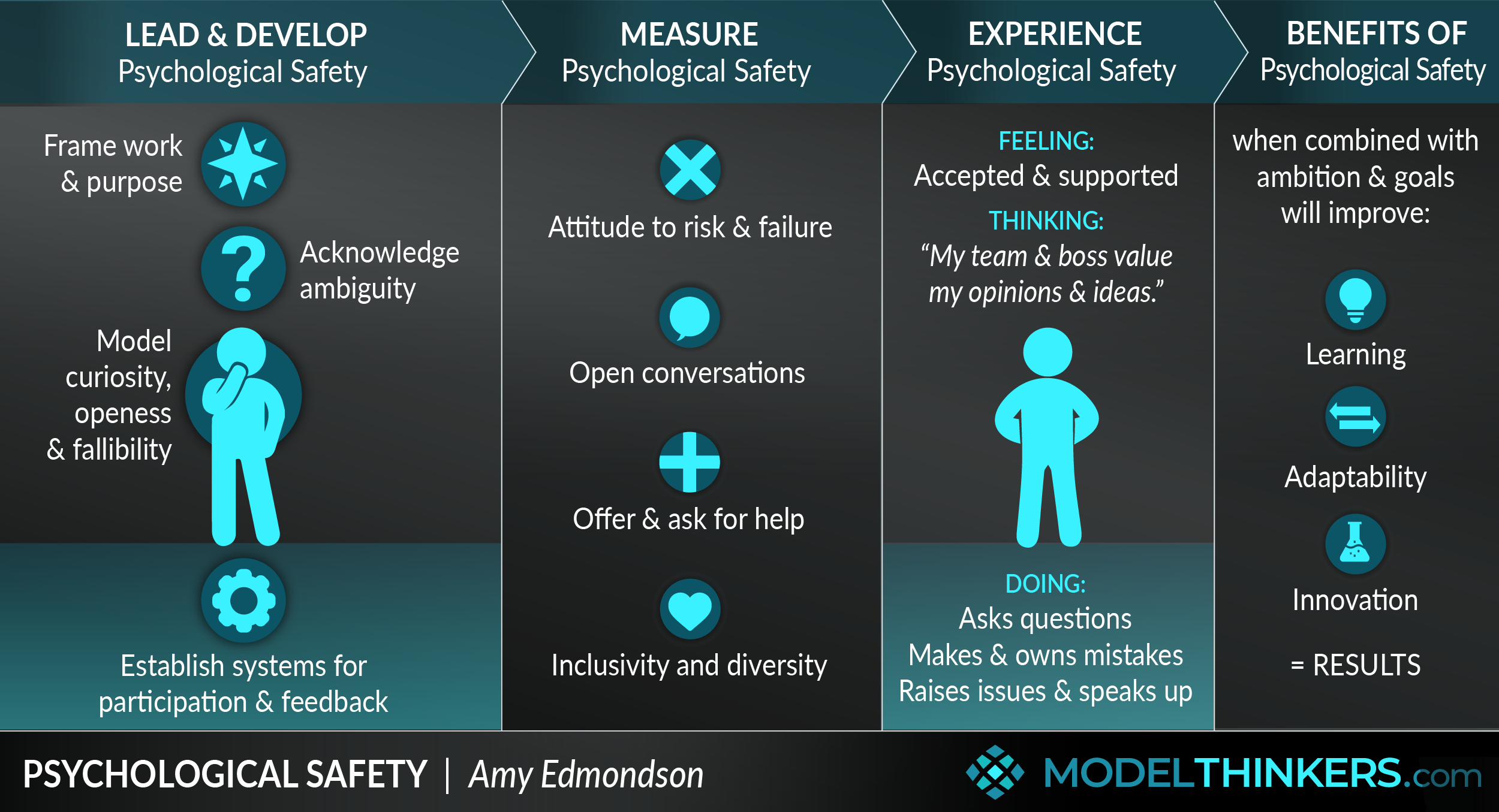
This model is usually posed in terms of high performing and innovative teams — but it also applies to experiences. You want your audience to connect, speak out, network, learn? They need to have a sense of trust and Psychological Safety. Think about how you'll lay the groundwork for this before they even arrive.

How many people are you gathering together? If it's a large conference or event, you might want to consider breaking into smaller networking sub-groups and, to do that, you'll definitely want to consider Dunbar's Number.
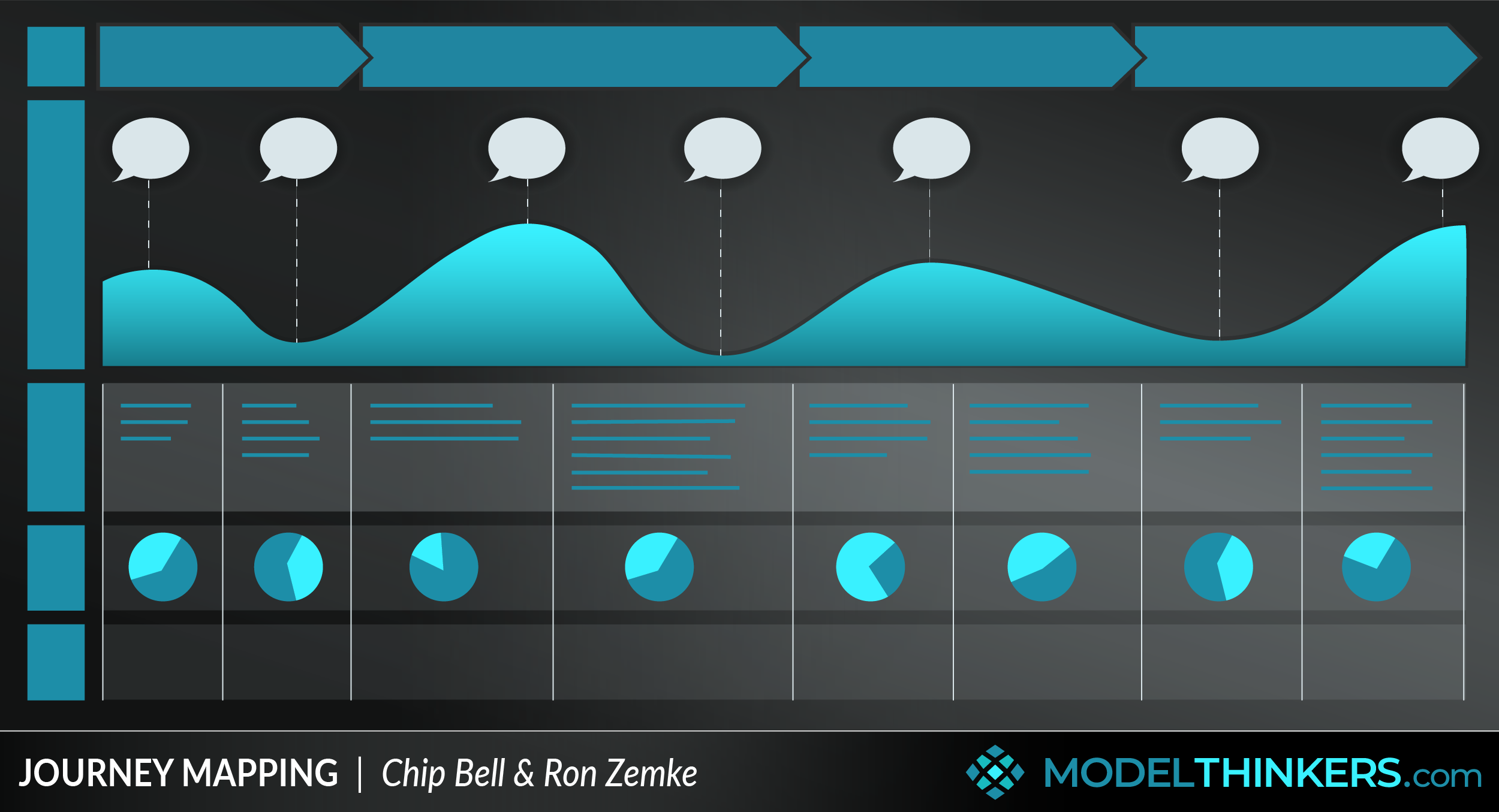
A common companion with Design Thinking, Journey Mapping can help you understand your audiences' current journey and pain points, but also can capture your planned experiential design. Indeed, I'd recommend using it as the centre-piece of your experience design process.
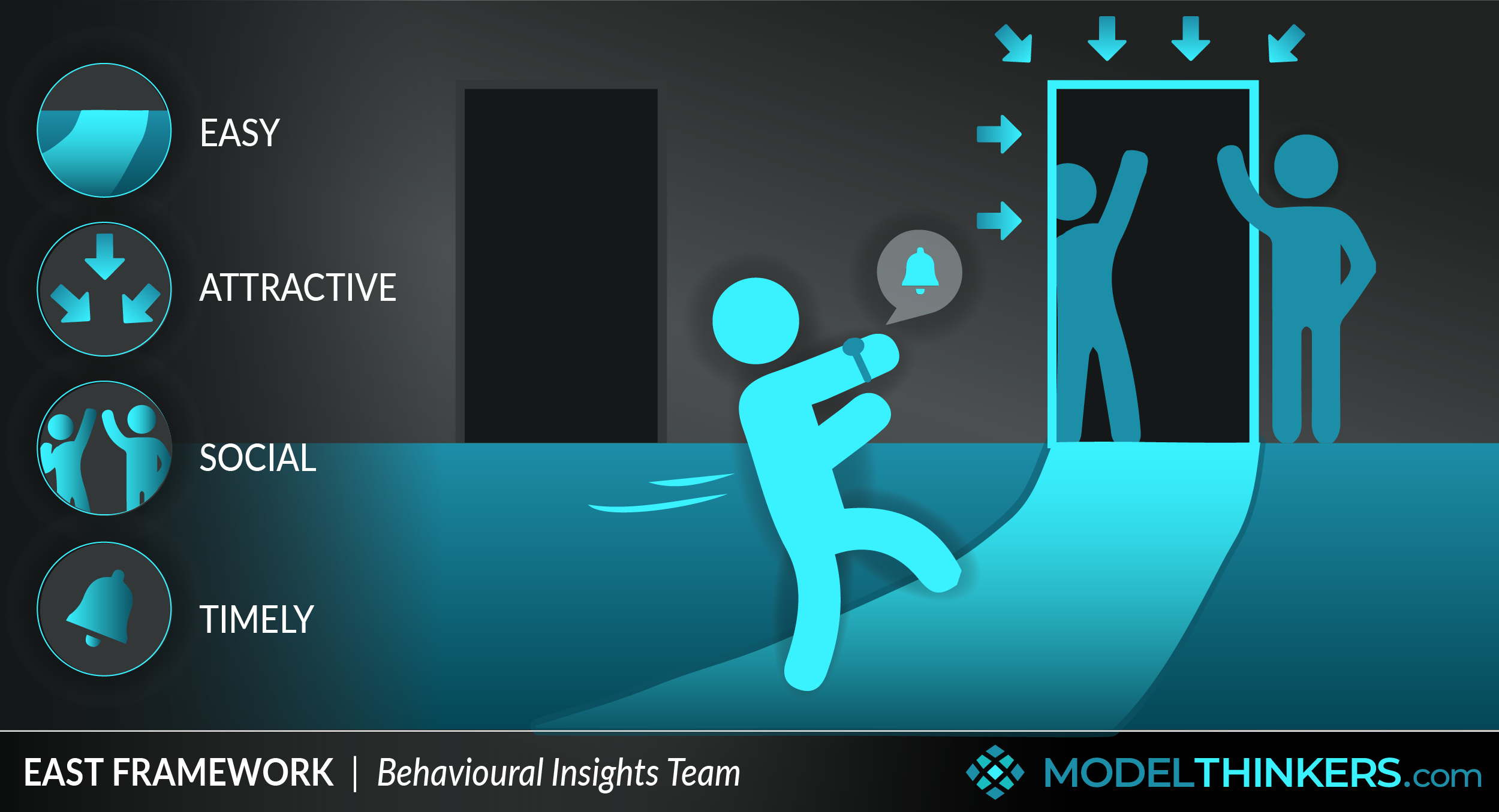
Use this model to nudge your audience, as you help to reduce friction and lead them with envionmental tweaks. The fact is, your audience will be on automatic pilot for most of the time so how can you make desired behaviours Easy, Attractive, Social and Timely?
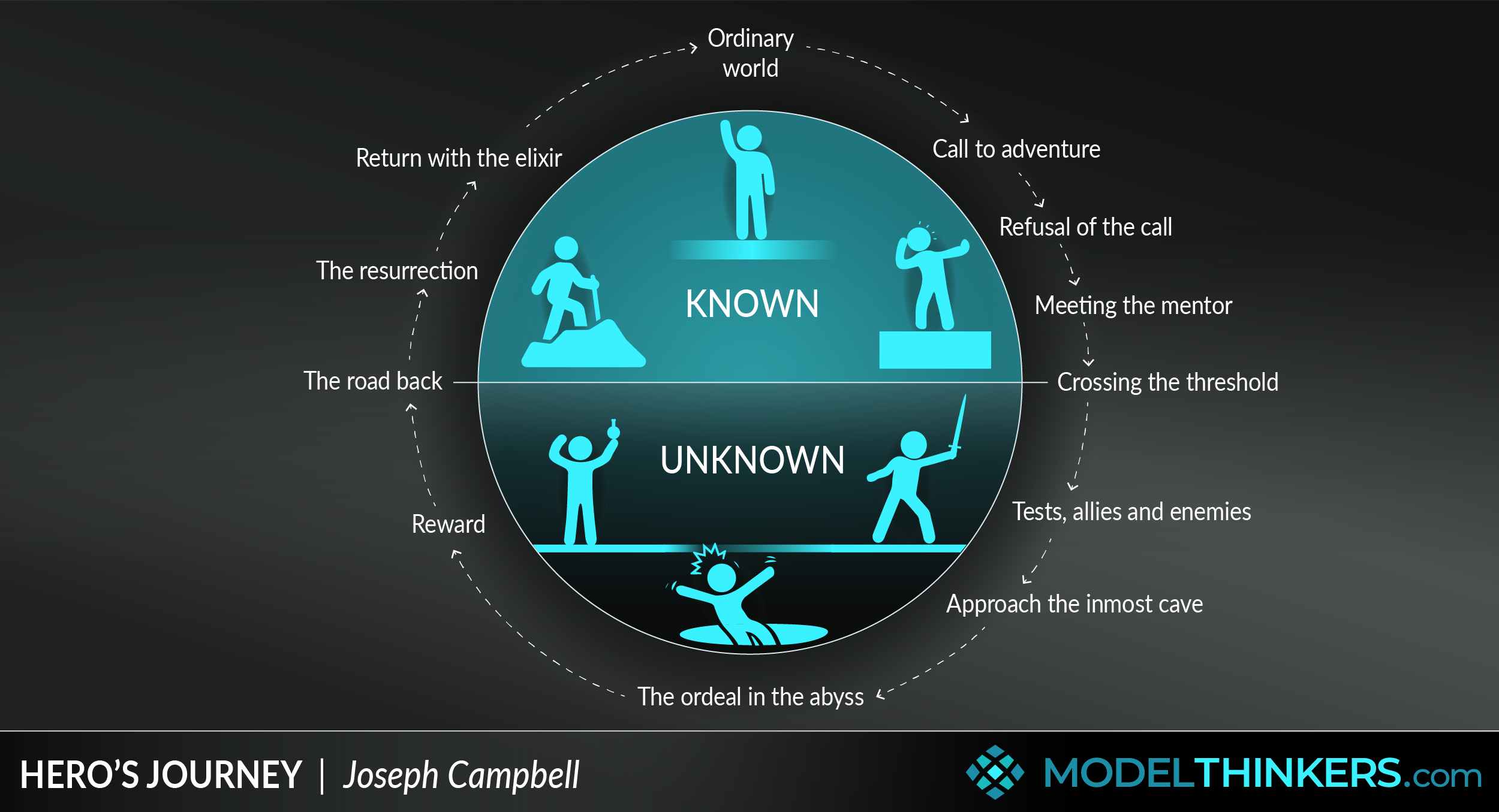

One possible journey that you map might be inspired by the Hero's Journey. The template for almost all Holywood blockbusters and breakout novels, this model creates a familiar archetype that you can subtly guide your audience through in real life. There might not be dragons to slay, but you can provide obstacles, mentors and quests.

Take another look at your planned experience with your understanding of Activation Energy. Those 'getting started' moments are the hardest points and will often be your fail-points, so how can you help to support your audience and make those entry points as easy as possible?
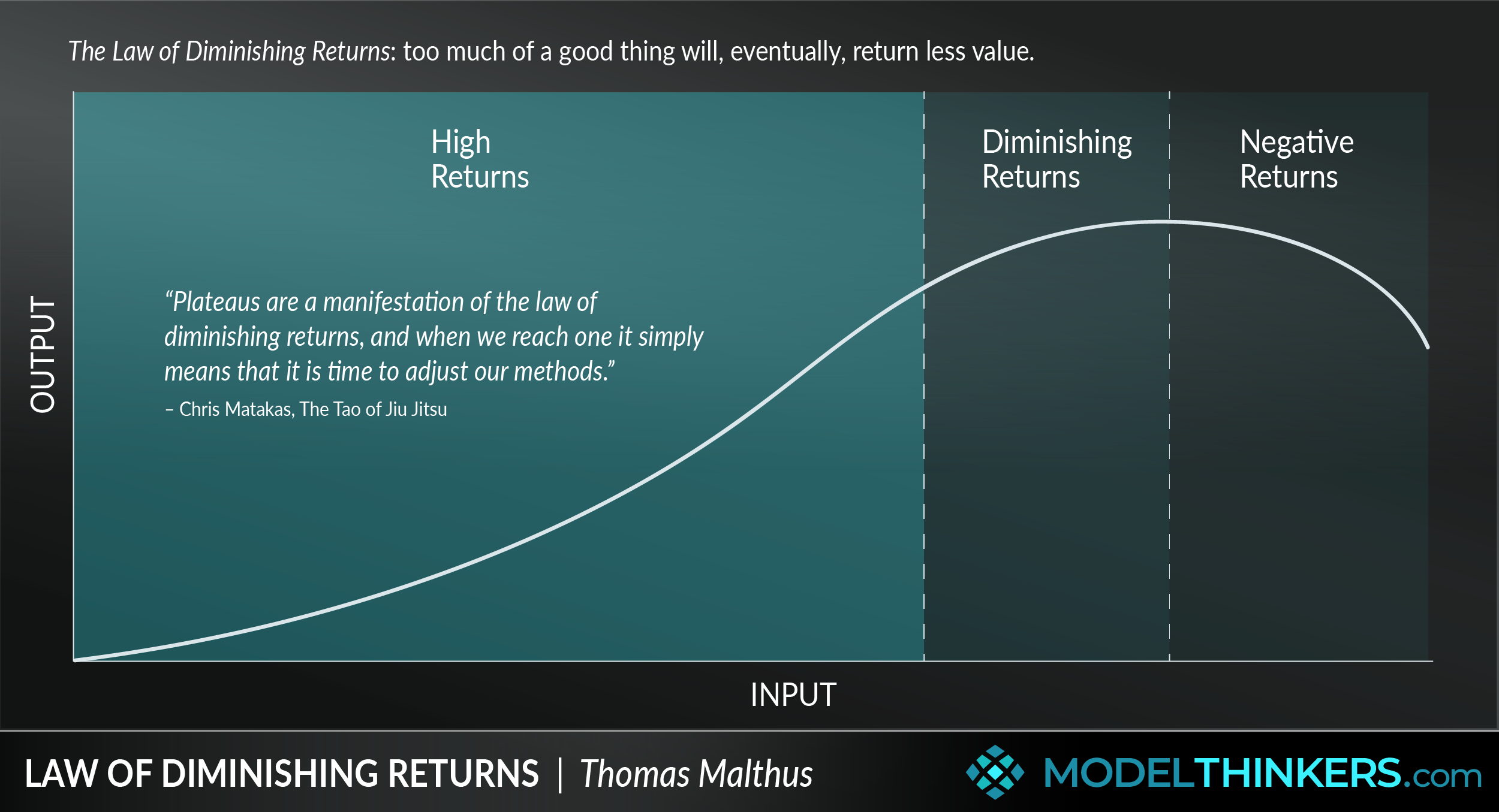

Use this reminder to know how to leave your audience with just enough of your great experience elements to make an impact.
Find out more about Law of Diminishing Returns and add it to your Latticework of Mental Models here.
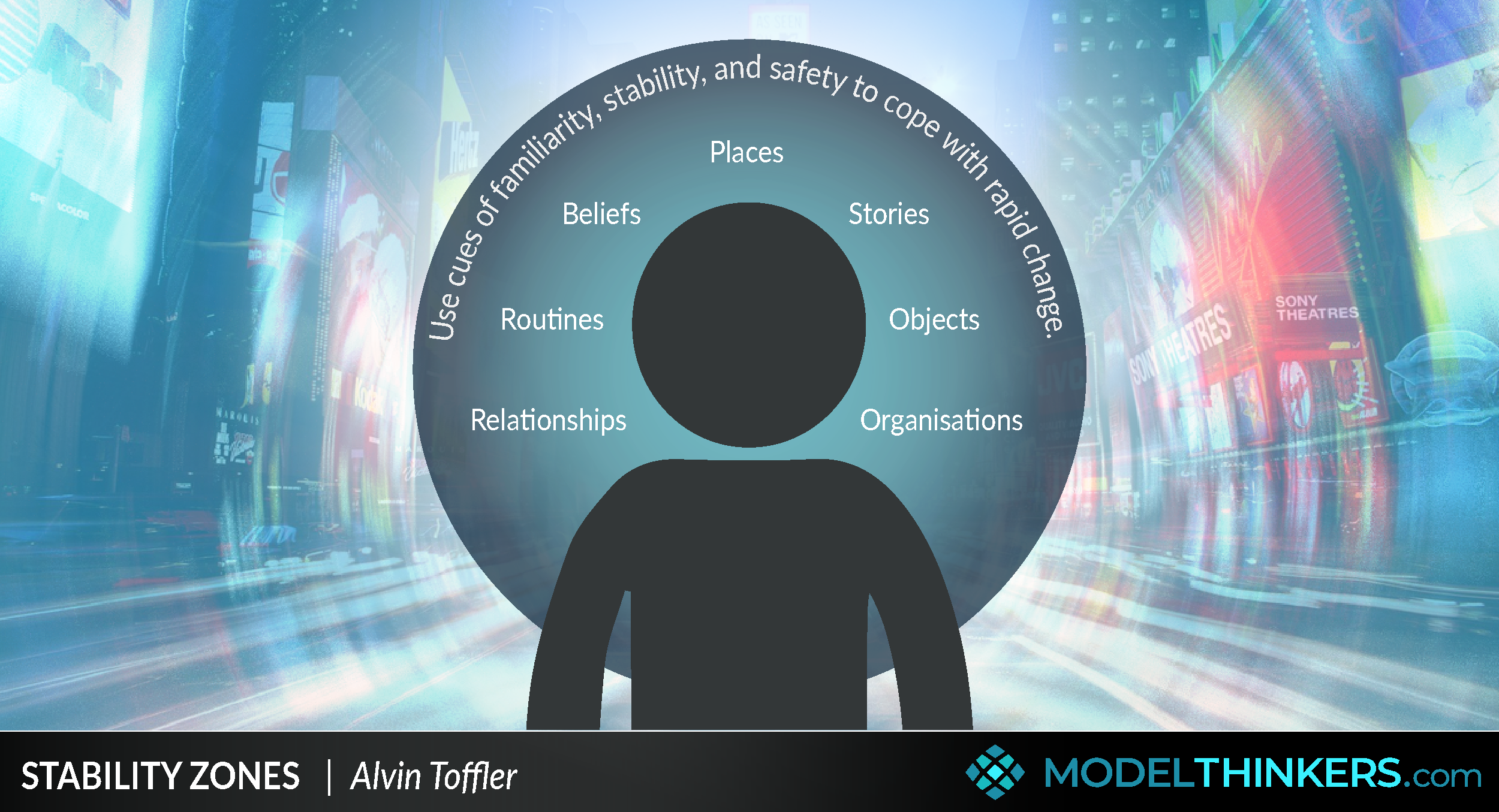
Consider how to provide Stability Zones or places of certainty to allow for a safe space for exploration and change elsewhere. This might even be linked to Diffuse Thinking and taking breaks.
MAKE IT MEMORABLE
How can your experiences make an impact long after the event?
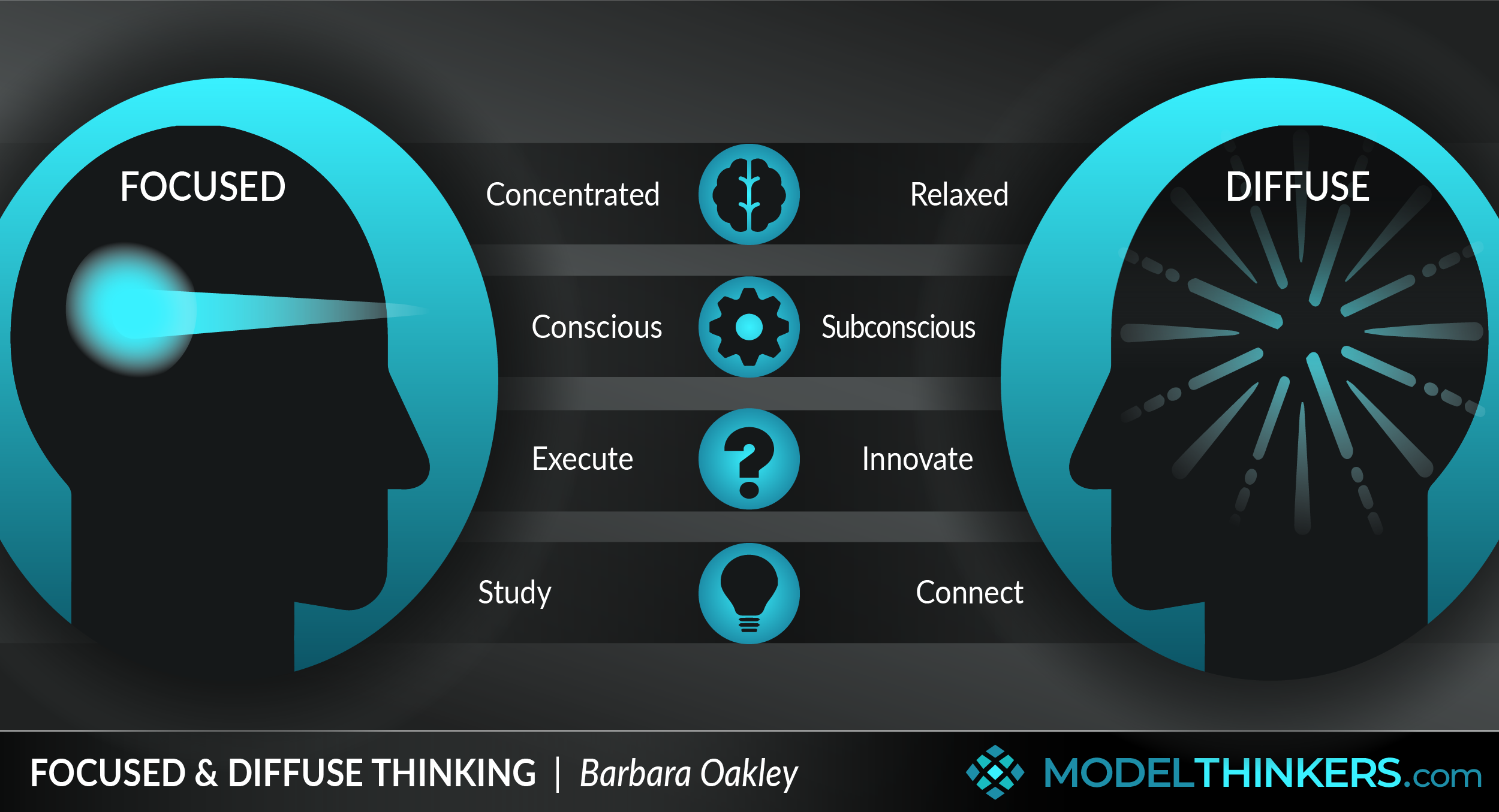
Consider the mix between Focused versus Diffuse Thought in your experience. Are you designing your experience for periods of high engagement and uninterrupted focus, followed by opportunities to 'play' and let diffuse thinking absorb, connect and process? Remember that Diffuse Thought is crucial to... well, remember things.
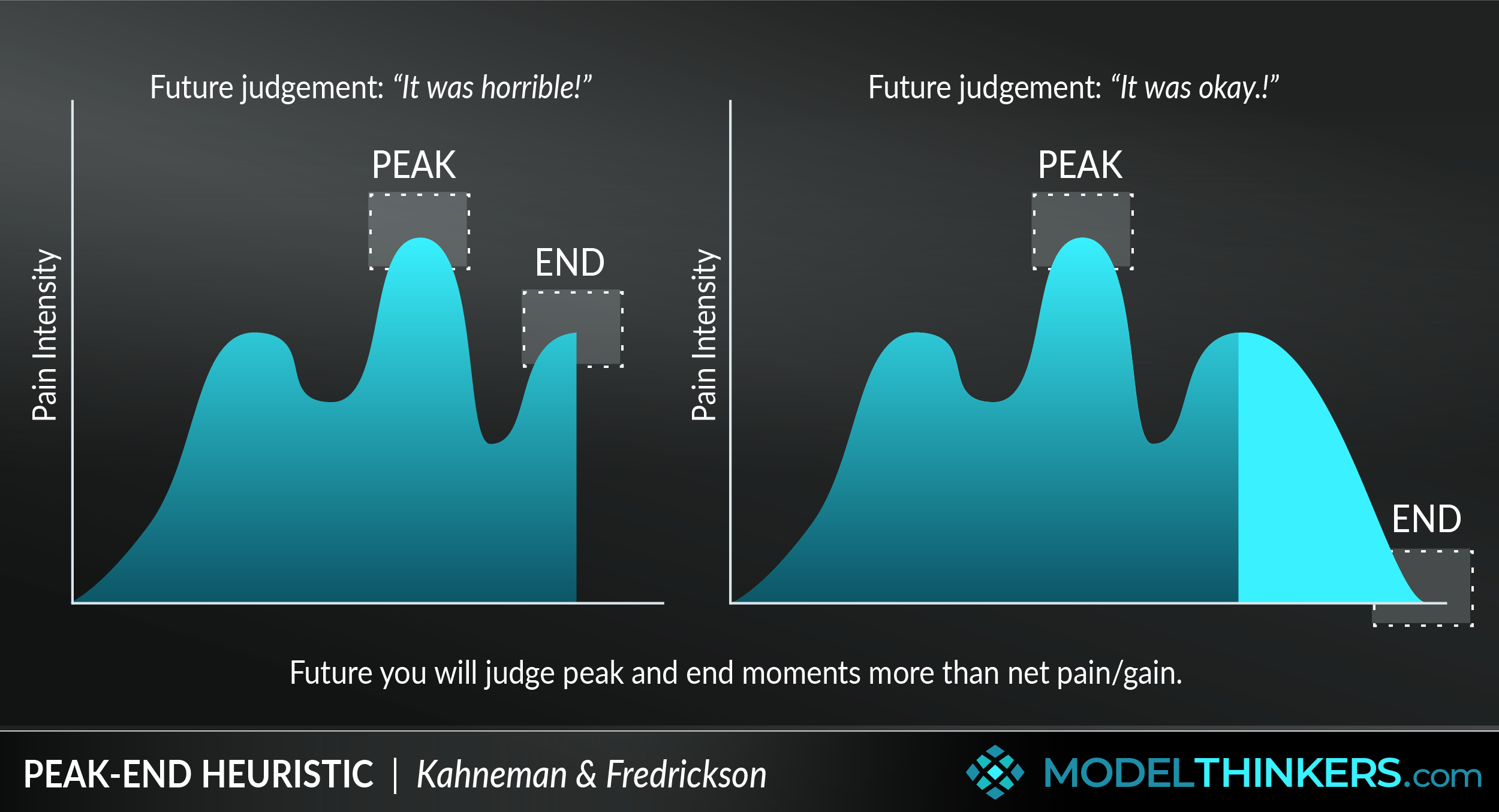
How will your audience judge the experience? This model is a reminder to focus on key, amazing and memorable moments, plus ensuring that the journey has a powerful end. Don't believe me? Click into the model to view the amazing colonoscopy study that backed up this approach.
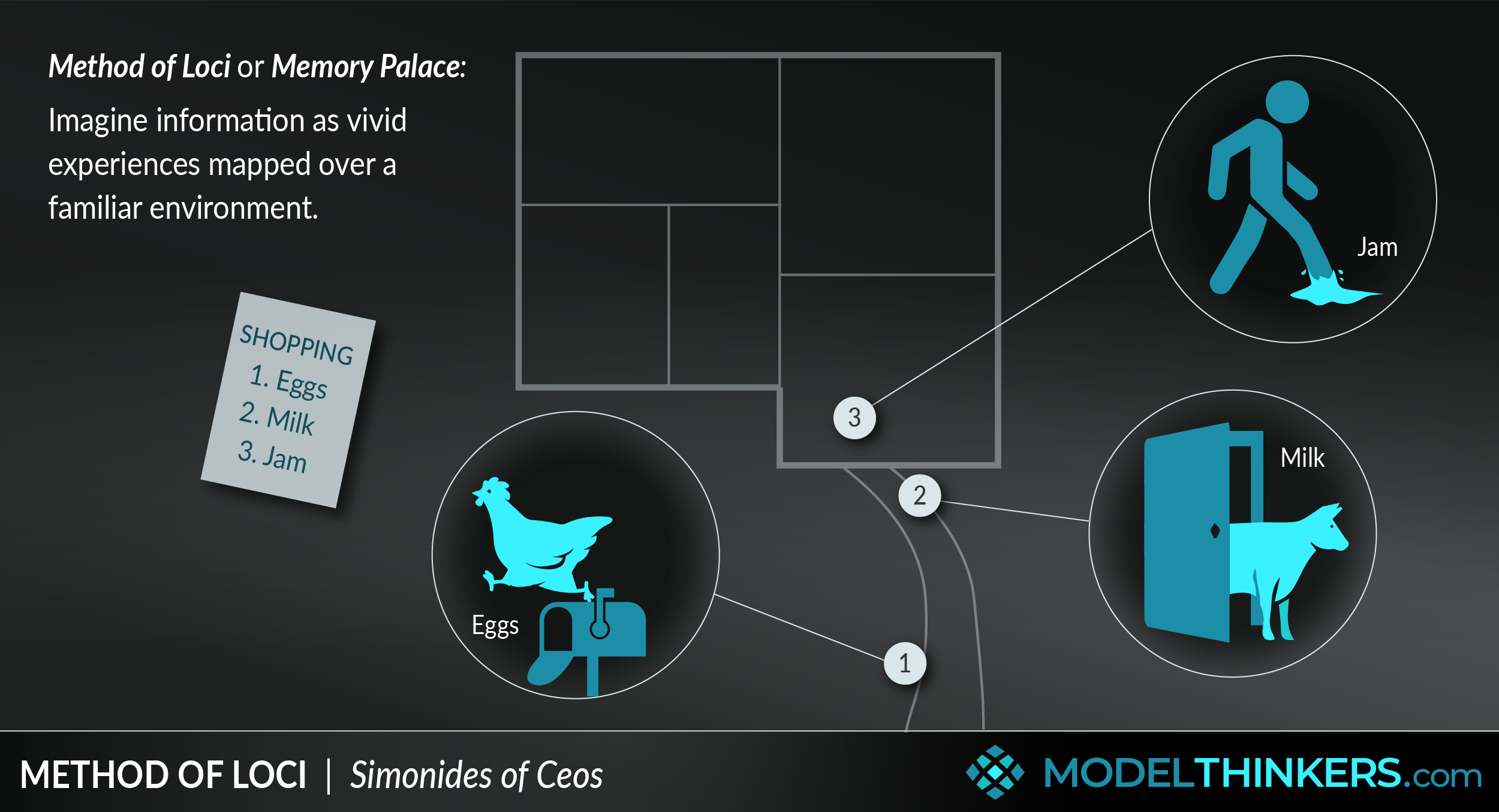

Perhaps a surprising inclusion, this memory hack is a reminder about how we remember using spatial experiences and navigation as a clue. Consider designing places or locations for different experiences, then referencing them by their location, not just the ideas, for bigger impact.
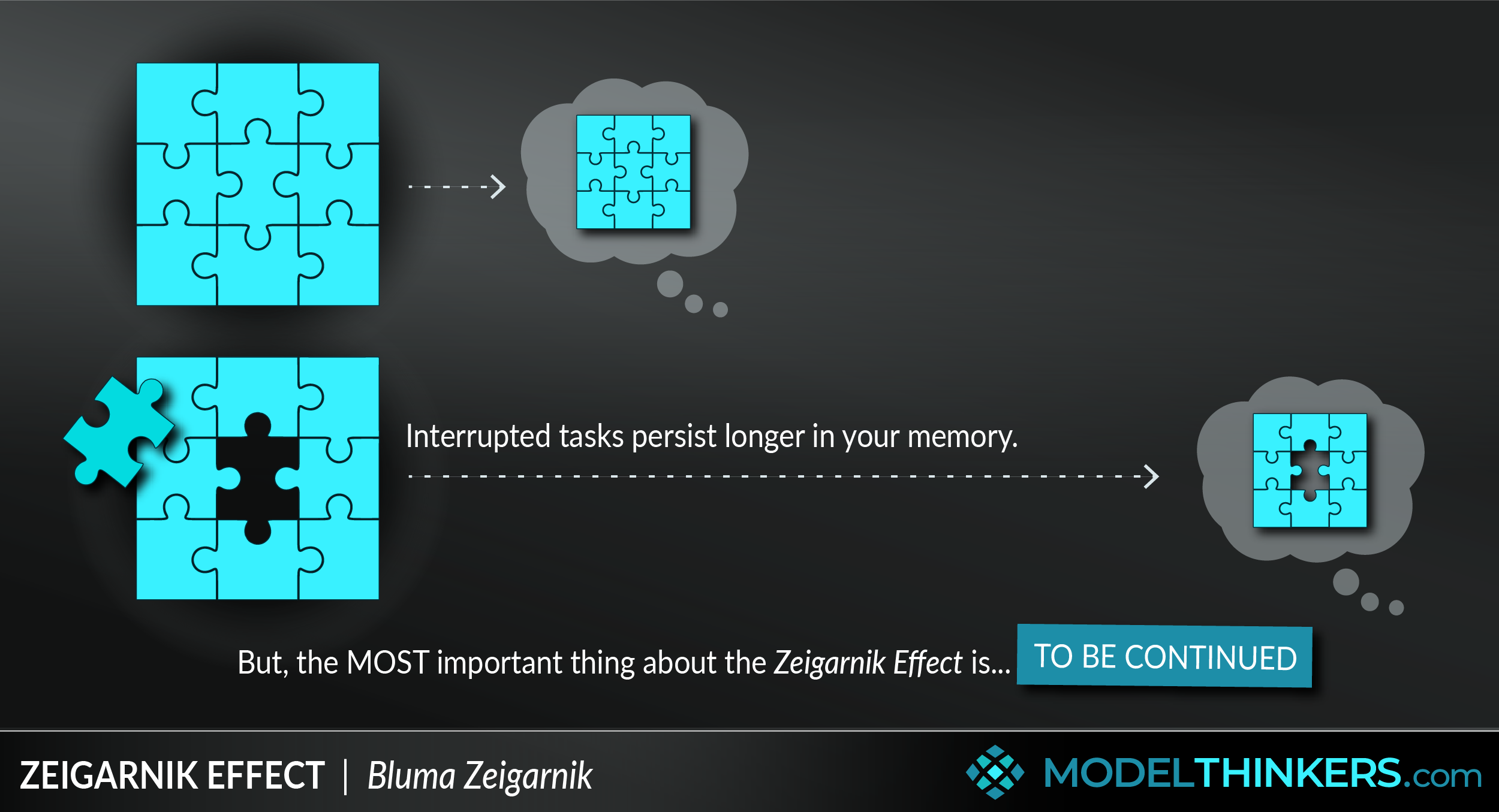
Finally, the Zeigarnik Effect is a reminder that cliffhangers embed in memory, so use them strategically over an extended experience, particularly to create follow up messaging or reflection after an 'official end'.
Premium content
Please do login or sign up to see premium contect
Subscription expired!
Please renew your subscription to access this feature.
 My Notes
My Notes
Delete note
Nothing here yet. Join ModelThinkers and login to be the first to comment.



